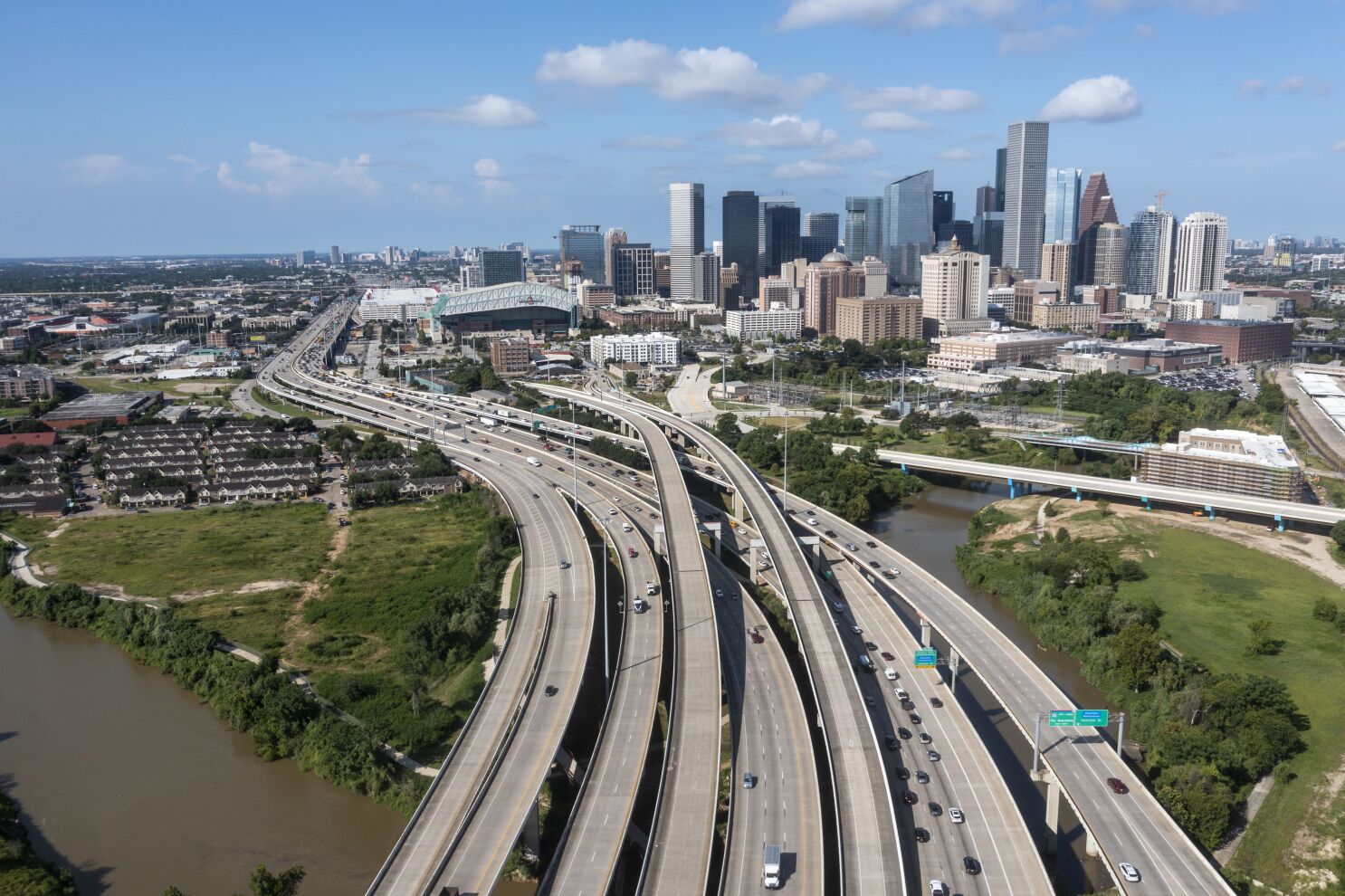The challenges of modern cities manifested once they were built. The ideas of the Modern Movement were mostly applied in Europe and the Americas after WW2 when new infrastructure, housing, offices and public spaces were built. The Cold War unleashed a competition between the east and west. Governments were more powerful and dictated the direction of evolution of society. The new economy required a strong working force, so a big part of the population migrated from the countryside to the cities. The sprawling suburbs with huge housing blocks were the easiest way to respond to that need. However, the separation of cities in functional areas produced isolation and segregation. Some of the citizens that the plans were made for rejected them. CIAM was also disbanded in 1959 as the views of its members diverged.
City planning after the war was determined by the industries: car making, oil, real estate, construction, banks, insurances. Many people, companies and entire industries with huge interests and influence became involved in the design, development and construction process. This was rarely for the best interest of society as it resulted in some cities that were partly dull and inhumane. However, this was the only choice for many people who didn’t have any options but to live there.
One of the main problems of modern cities is that they are designed for cars in areas defined by their function. Urban planners thought that people would walk less and only drive more. Unfortunately, many cities from the mid 20th century were designed with this assumption, so they ran into problems such as traffic, pollution and gentrification. The scarcity of resources and population growth make the dense and compact cities more prepared for their evolving challenges.
When modern architecture and city planning spread around the world, they were mistranslated. The “International Style” took the forms, but not so much of its mental process and even less of its soul. Buildings and cities looked the same regardless of the local culture, climate, materials and crafts. The character ofplaces, identity, and history were ignored and erased. The individuality was suppressed. The Modern Movement started as a proliferation of creativity, a new beginning, and instead, in its diluted form, it became uniform and boring.
From Post-modern to New Modern
In the later 60s, modernism was declared dead and Post-modernism came to life. It searched for new meaning and inspiration as a natural reaction to modernity, which had lost its drive. The postmodern return to the historical styles of the past created some architectural disasters, but it also unleashed new creativity and opportunities for individual self-expression. It provoked a healthy reality check and reflection on how to move forward with architecture.
The essay “Towards a Critical Regionalism: Six Points for an Architecture of Resistance”, by Prof. Kenneth Frampton from 1983 outlined some of his guidelines for architecture and cities. He called to rethink our buildings, cities and human condition in relation to local context, geography, climate, culture, tectonics, materials and tactility. It was a return to the core principles of modernity, grounding them in locality, and showed a path forward. His writings and theories have influenced the new generations of architects and created a bridge between the architectural revolution of the modern movement and the new mature modernism, which became globally adopted.
If you would like to learn more about modern architecture and cities, you could enroll in our online courses and programs at Build Academy.

